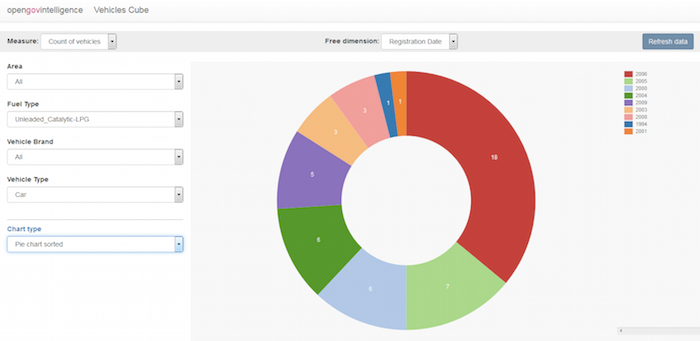Zack Quaintance at GovTech: “…Government services, like all services, have historically used some form of design to deploy user-facing components. The design portion of this equation is nothing new. What Olesund says is new, however, is the human-centric component.
“In the past, government services were often designed from the perspective and need of the government institution, not necessarily with the needs or desires of residents or constituents in mind,” said Olesund. “This might lead, for example, to an accumulation of stats and requirements for residents, or utilization of outdated technology because the government institution is locked into a contract.”
Basically, government has never set out to design its services to be clunky or hard to use. These qualities have, however, grown out of the legally complex frameworks that governments must adhere to, which can subsequently result in a failure to prioritize the needs of the people using the services rather than the institution.
Change, however, is underway. Human-centric design is one of the main priorities of the U.S. Digital Service (USDS) and 18F, a pair of organizations created under the Obama administration with missions that largely involve making government services more accessible to the citizenry through efficient use of tech.
Although the needs of state and municipal governments are more localized, the gov tech work done at the federal level by the USDS and 18F has at times served as a benchmark or guidepost for smaller government agencies.
“They both redesign services to make them digital and user-friendly,” Olesund said. “But they also do a lot of work creating frameworks and best practices for other government agencies to adopt in order to achieve some of the broader systemic change.”
One of the most tangible examples of human-centered design at the state or local level can be found at Michigan’s Department of Health and Human Services, which recently worked with the Detroit-based design studio Civillato reduce its paper services application from 40 pages, 18,000-some words and 1,000 questions, down to 18 pages, 3,904 words and 213 questions. Currently, Civilla is working with the nonprofit civic tech group Code for America to help bring the same massive level of human-centered design progress to the state’s digital services.
Other work is underway in San Francisco’s City Hall and within the state of California. A number of cities also have iTeams funded through Bloomberg Philanthropies, and their missions are to innovate in ways that solve ongoing municipal problems, a mission that often requires use of human-centric design….(More)”.






